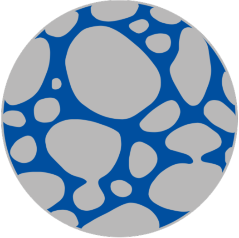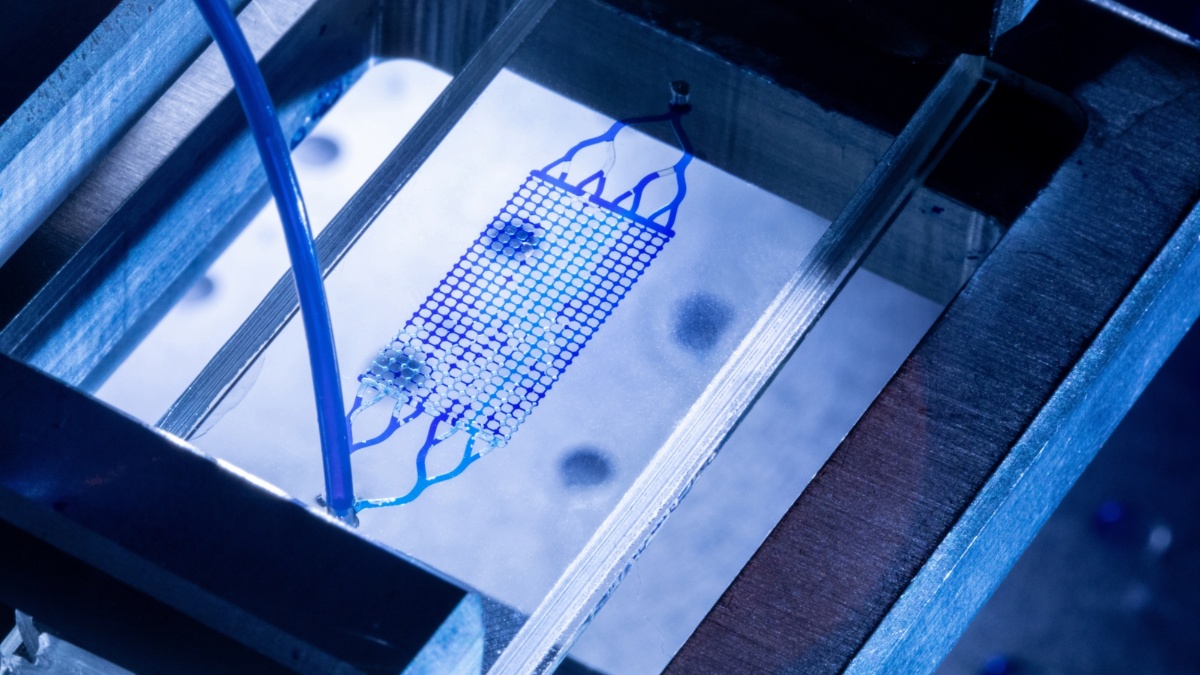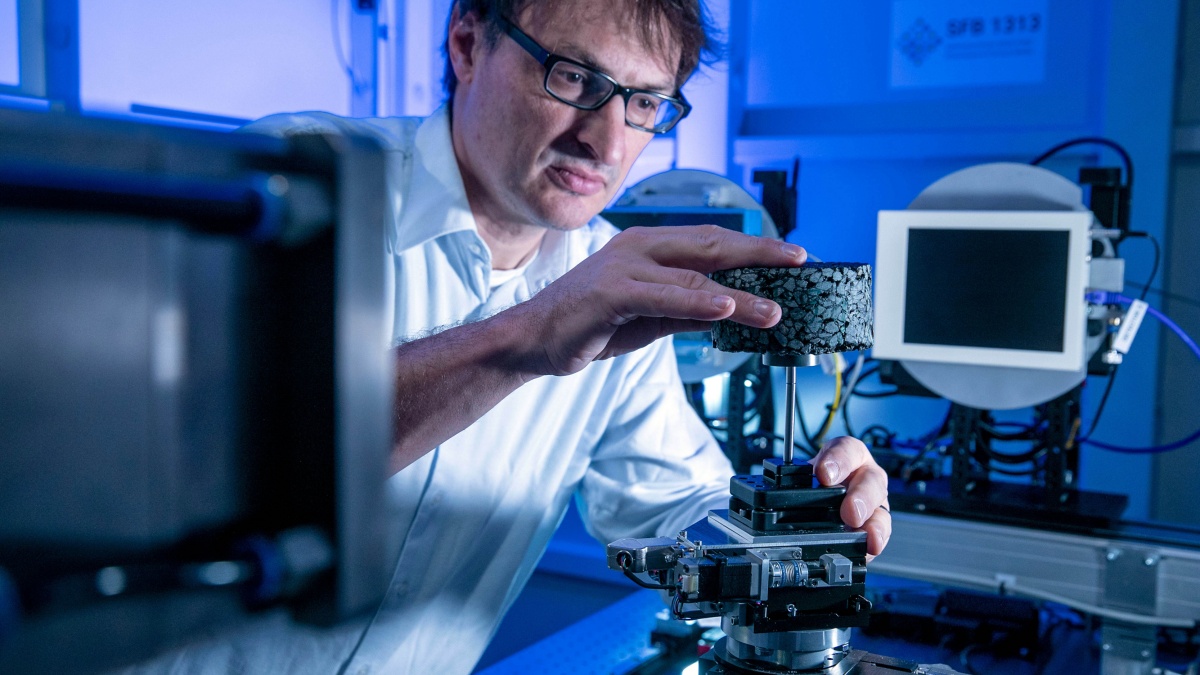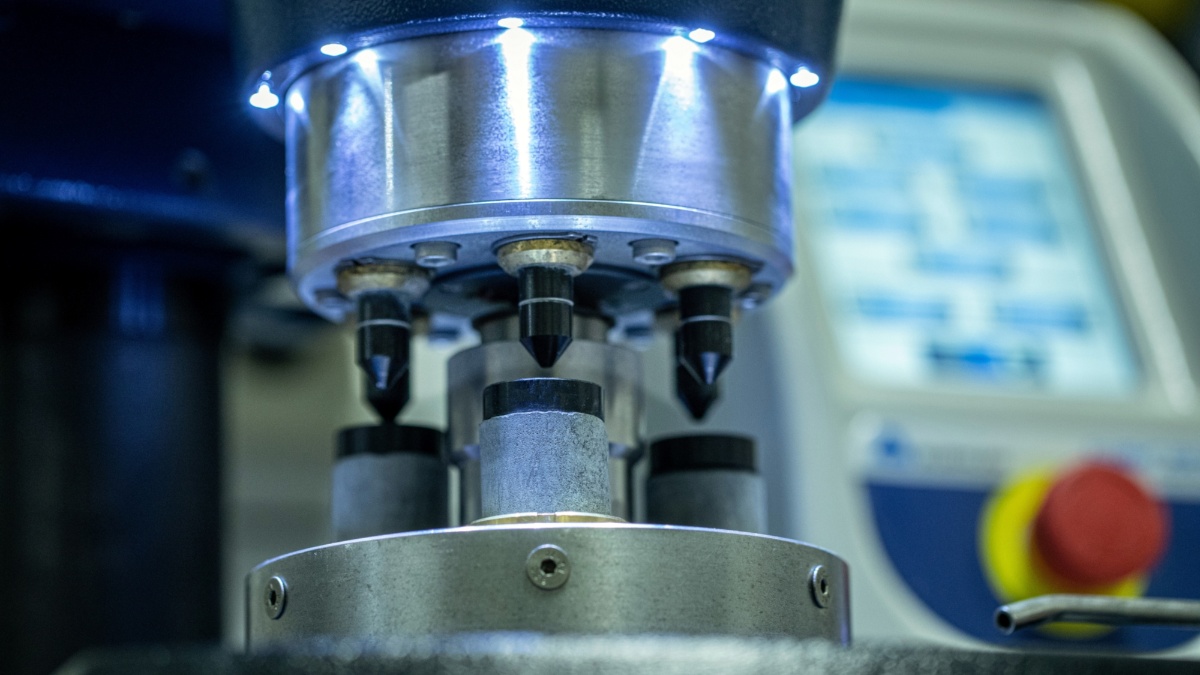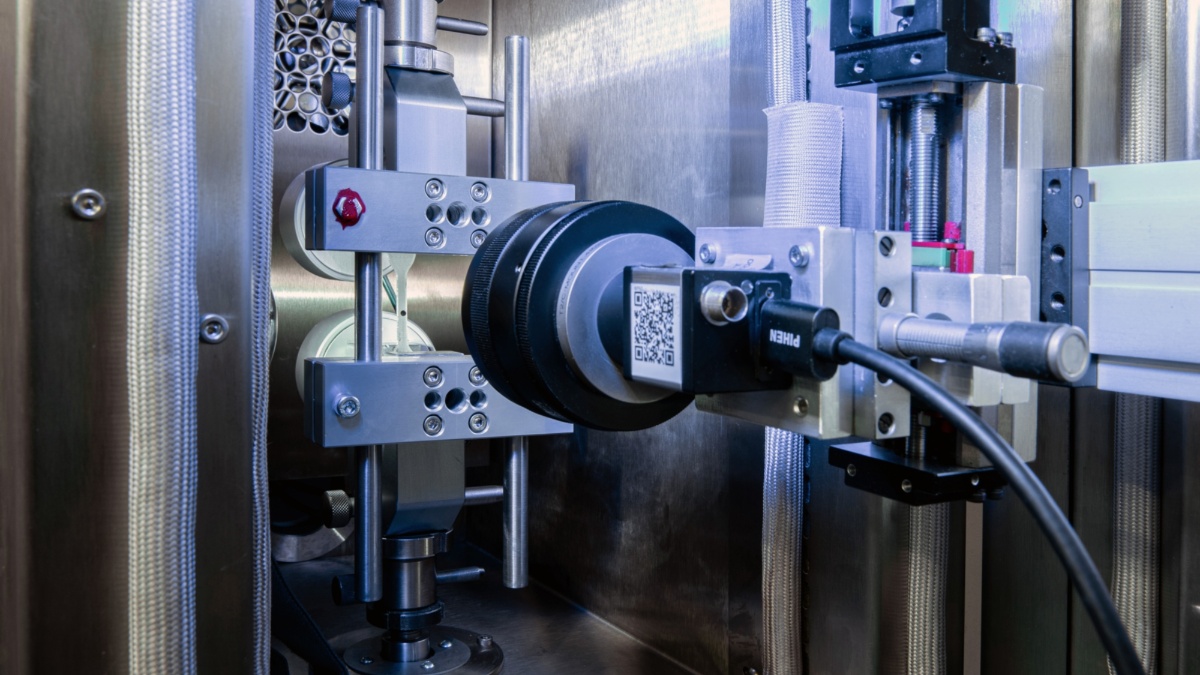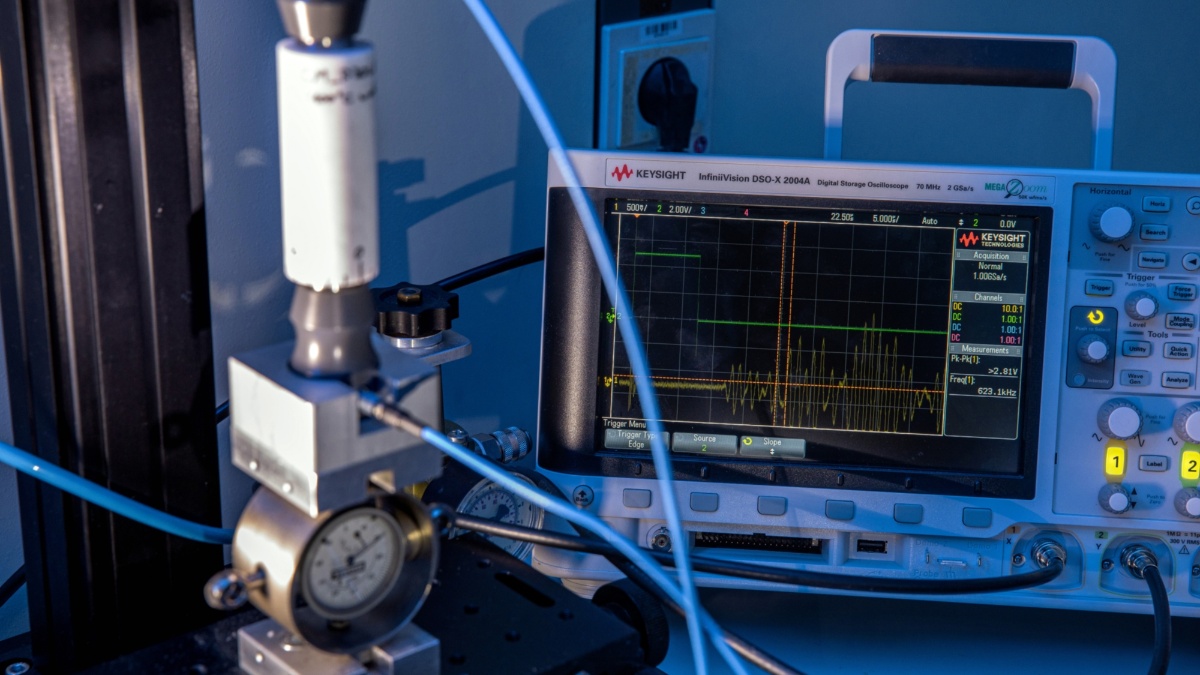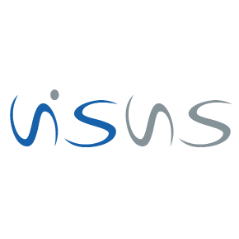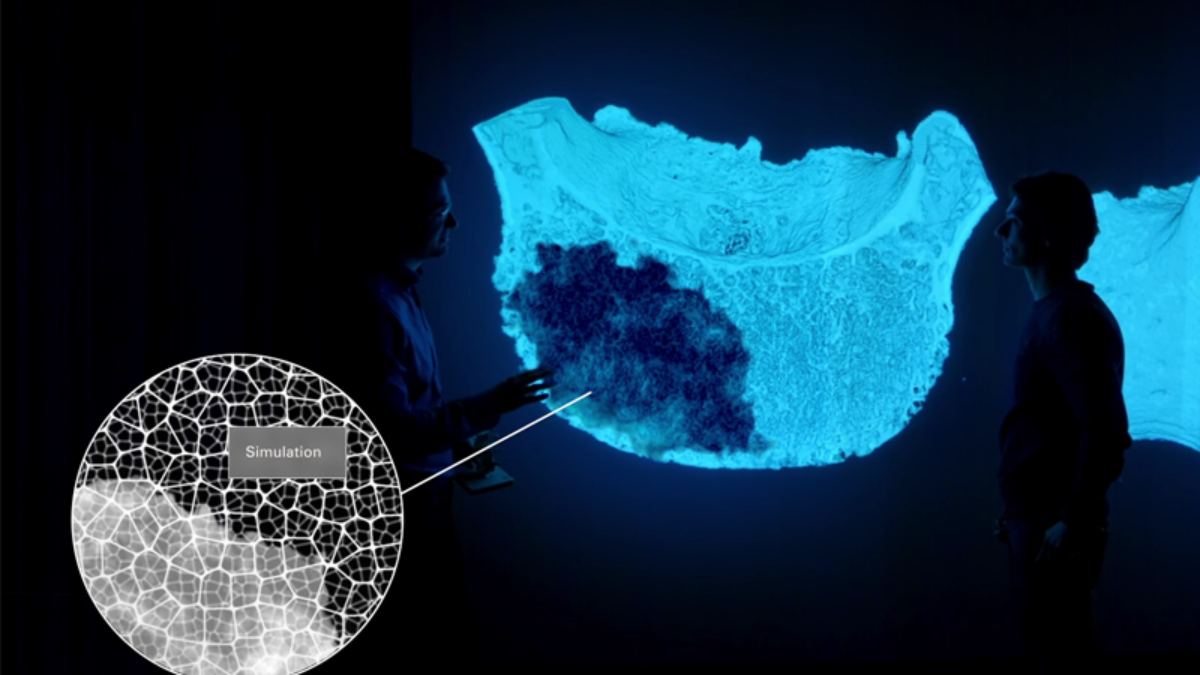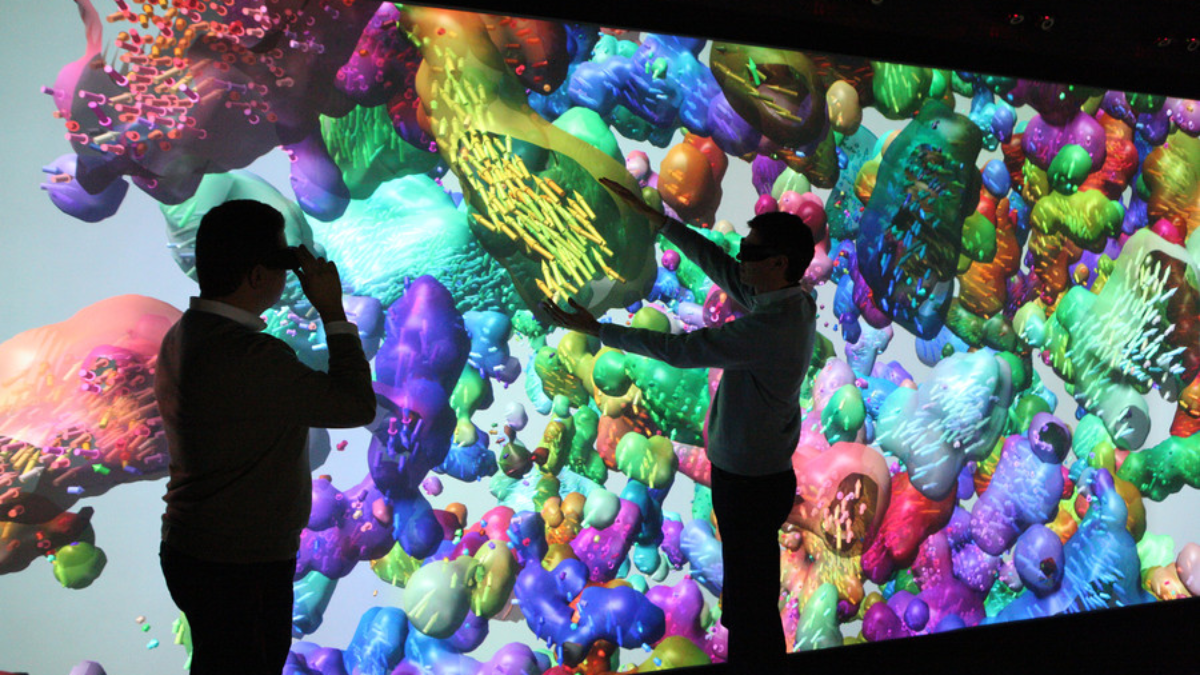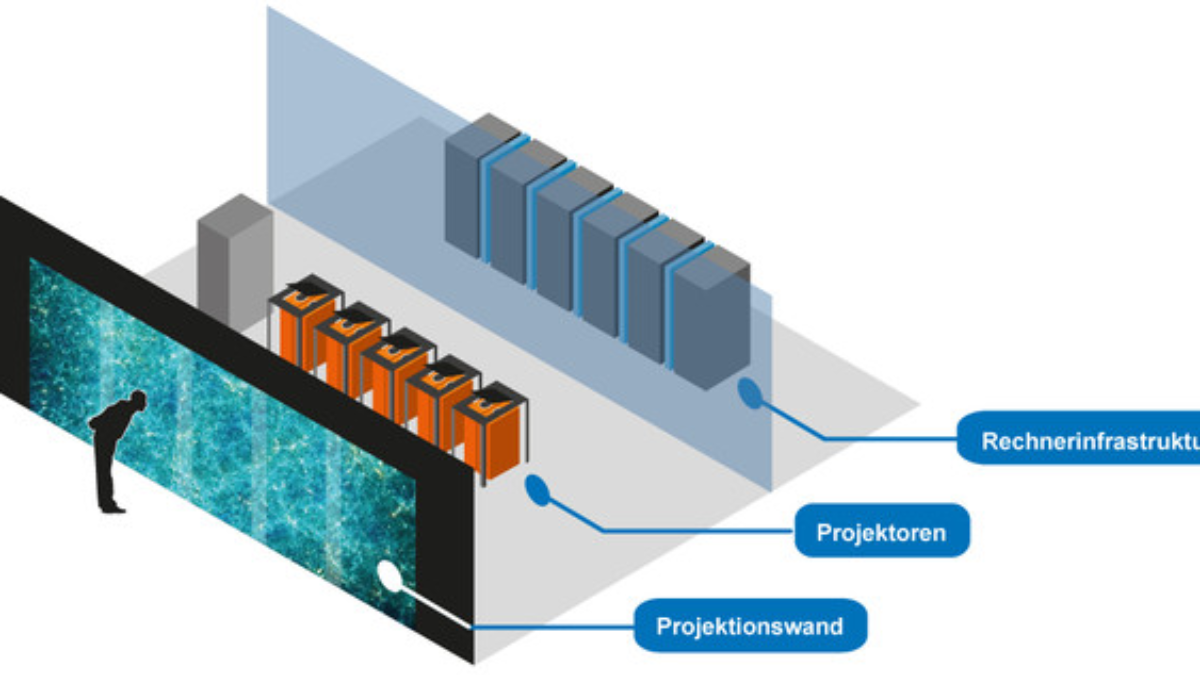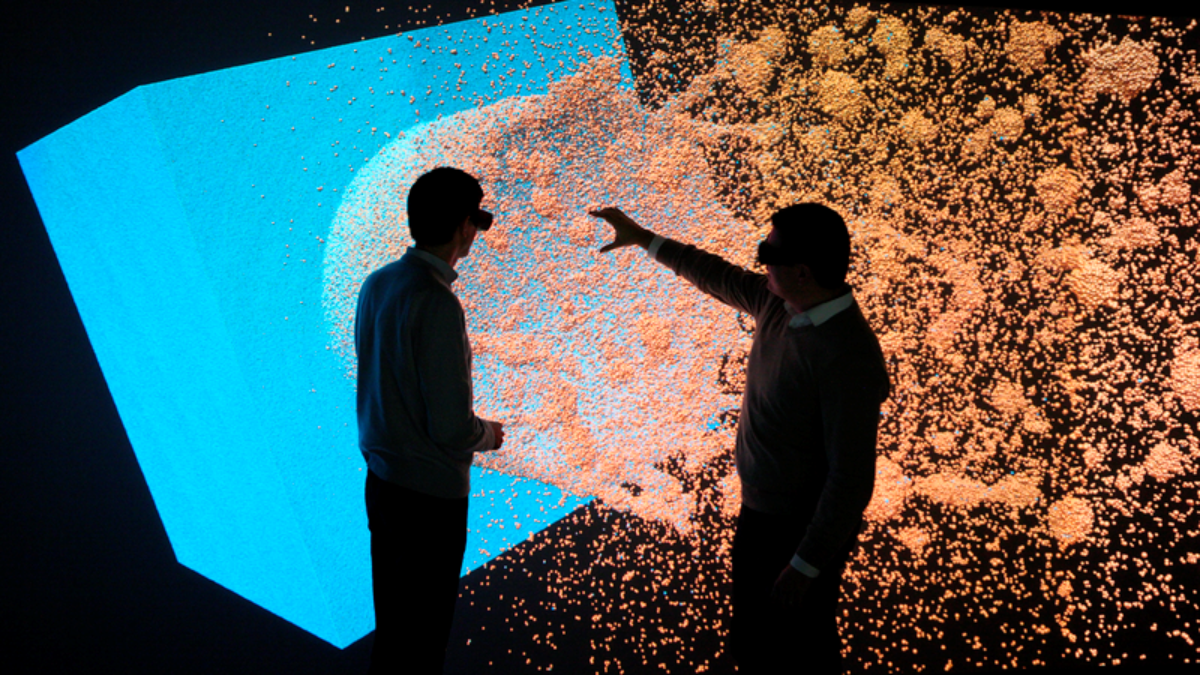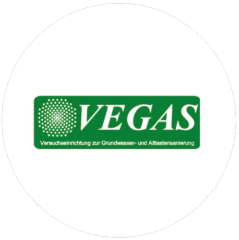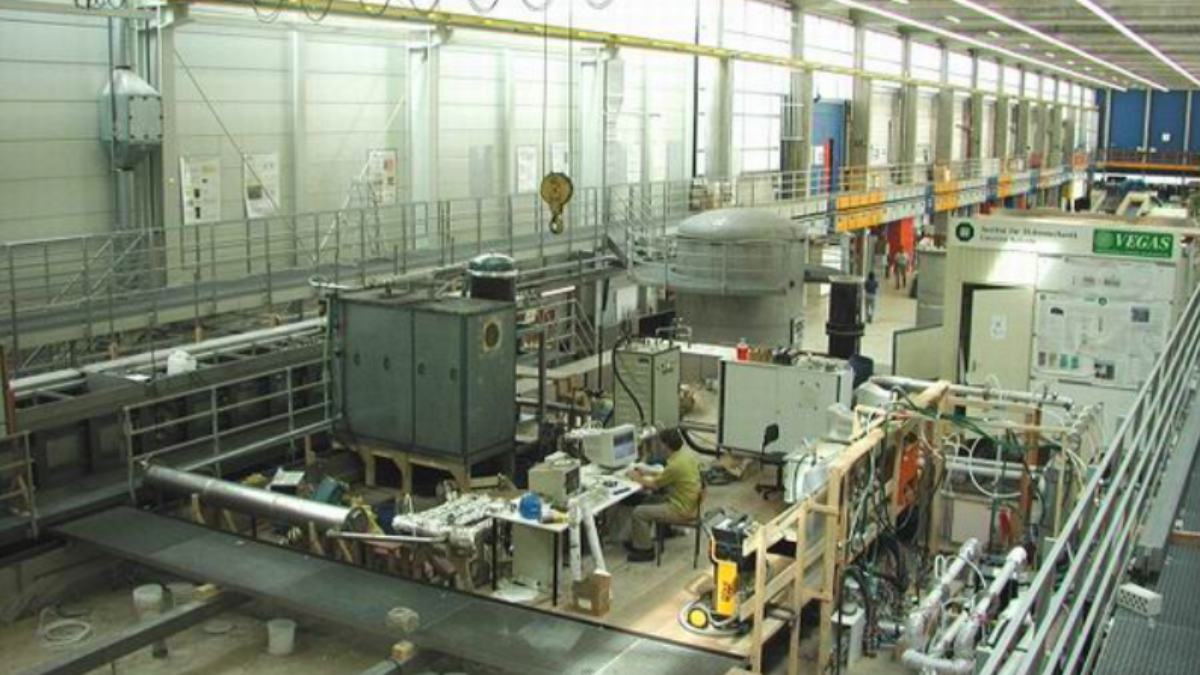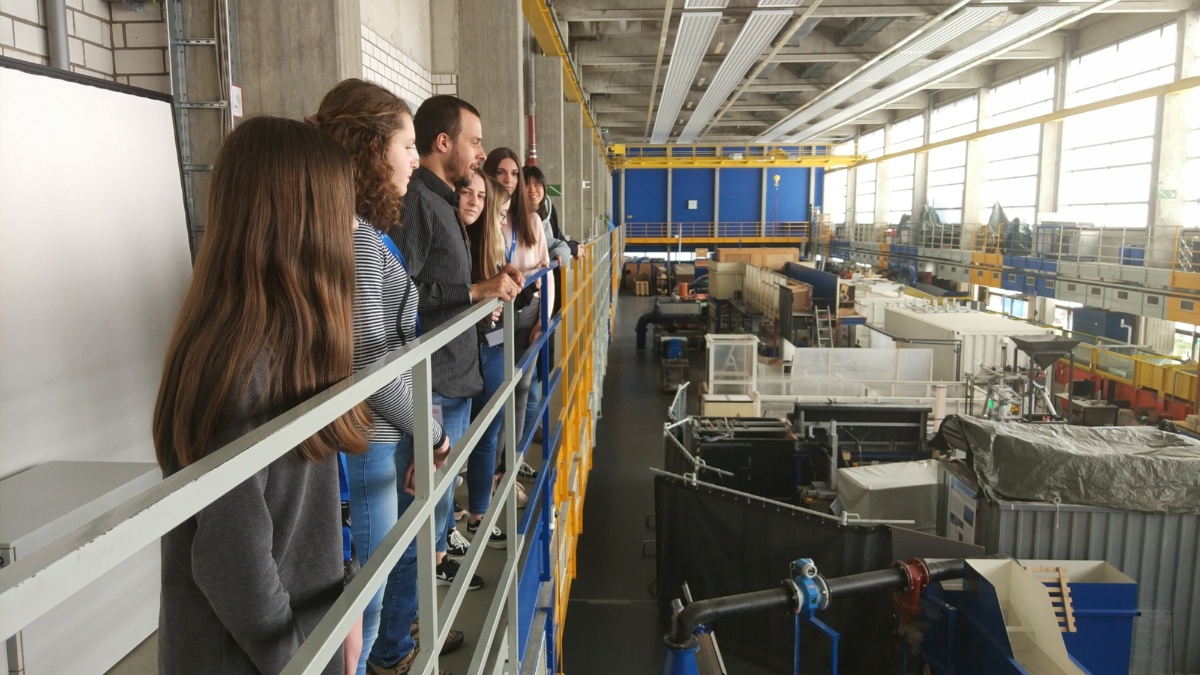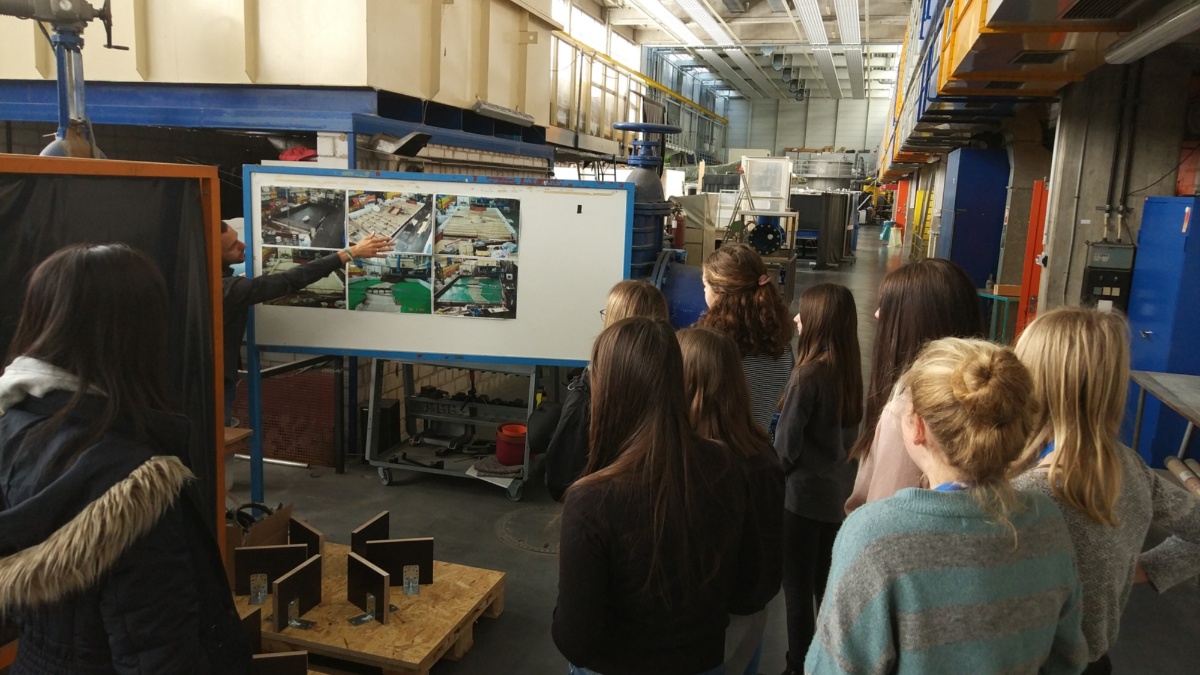People
Dr. David Sebastián Martínez Hernández (until May 2019)
Wenkang Wang (Ph. D.) (since January 2020)
Description
High-resolution and imaging-based experimental investigations are a common topic in Research Projects B05 (Steeb/Nowak), C04 (Class) and C05 (Huisman/Pohlmeier/Steeb). Within this task force, an exchange of knowledge between senior experts, doctoral and postdoctoral researchers is established. Recurrent topics of interest here are, among others, image segmentation and phase separation (e.g. for X-ray and MRI data sets), registration of samples allowing for an exchange between different testing devices, handling, back-up and archiving of big data sets, image-processing software and strategies, requirements and design of validation experiments. This task force ensures that potential synergies between the experimental projects are optimally used and provides a discussion platform.
In the future this will lead to an even more integrated experimental concept for SFB 1313.
Laboratories
The SFB 1313 members conduct their experiments in different laboratories:
1. Porous Media Lab (PML)
The Porous Media Lab (PML) was established by Prof. Holger Steeb in 2015 and is mainly located at the Institute of Applied Mechanics of the University of Stuttgart (MIB). It is a shared laboratory who are interested in the characterization of the coupled electro-thermo-hydro-chemo-mechanical properties of various kinds of porous materials.
The PML consists of the following sub laboratories:
2. Visualization Laboratory
The Visualization Laboratory with its High-Resolution Powerwall is located at the Visualization Research Center of the University of Stuttgart (VISUS). A 44-megapixel rear-projection system in a dedicated visualization laboratory. On a screen of 6 meters in width and 2.25 meters in height high resolution imagery can be viewed in 2D or stereoscopically in 3D. The installation is unique in Europe with its pixel size of only 0.56 mm. The scientists at VISUS are working with 4K projectors that are usually used in cinemas. Ten of these projectors are installed upright in pairs side by side forming five projection columns. The powerwall is used to visualize complex data from different areas of science and engineering.
Basic data
- Width: 5,97 m
- Height: 2,26 m
- Size of a pixel: 0,56 mm
- Resolution: 800 x 4.096 pixels, about 44 Mio. pixels per eye, total about. 88 Mio. pixels
- Presentation: 2-D and 3-D
3. VEGAS: Research Facility for Subsurface Remediation
The VEGAS: Research Facility for Subsurface Remediation is located at the Institute for Modelling Hydraulic ans Environmental Systems of the University of Stuttgart (IWS).
- The research facility for subsurface remediation, VEGAS, the only one of its kind in Germany, is affiliated to the Universität Stuttgart.
- The main research topic of VEGAS is the remediation of contaminations in soil and groundwater as well as brownfield redevelopment.
- VEGAS was founded in 1995, jointly funded by the German Federal Ministry of Education and Research and the Ministry of the Environment Baden-Württemberg.
- VEGAS research projects include fundamental research as well as the development of prototypes and remediation technologies. Experiments are conducted from the lab scale to the technical scale using large containers.
Contact
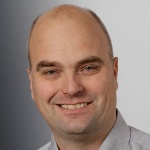
J. A. (Sander) Huisman
Prof. Dr.Project Leader, Research Project C05

Grazia Lamanna
Dr.-Ing.Project Leader, Research Project A06, Project MGK
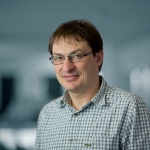
Holger Steeb
Prof. Dr.-Ing.Spokesperson, Project Leader, Research Projects B05, C05, and Z02, Project WIKO, Central Project Z



